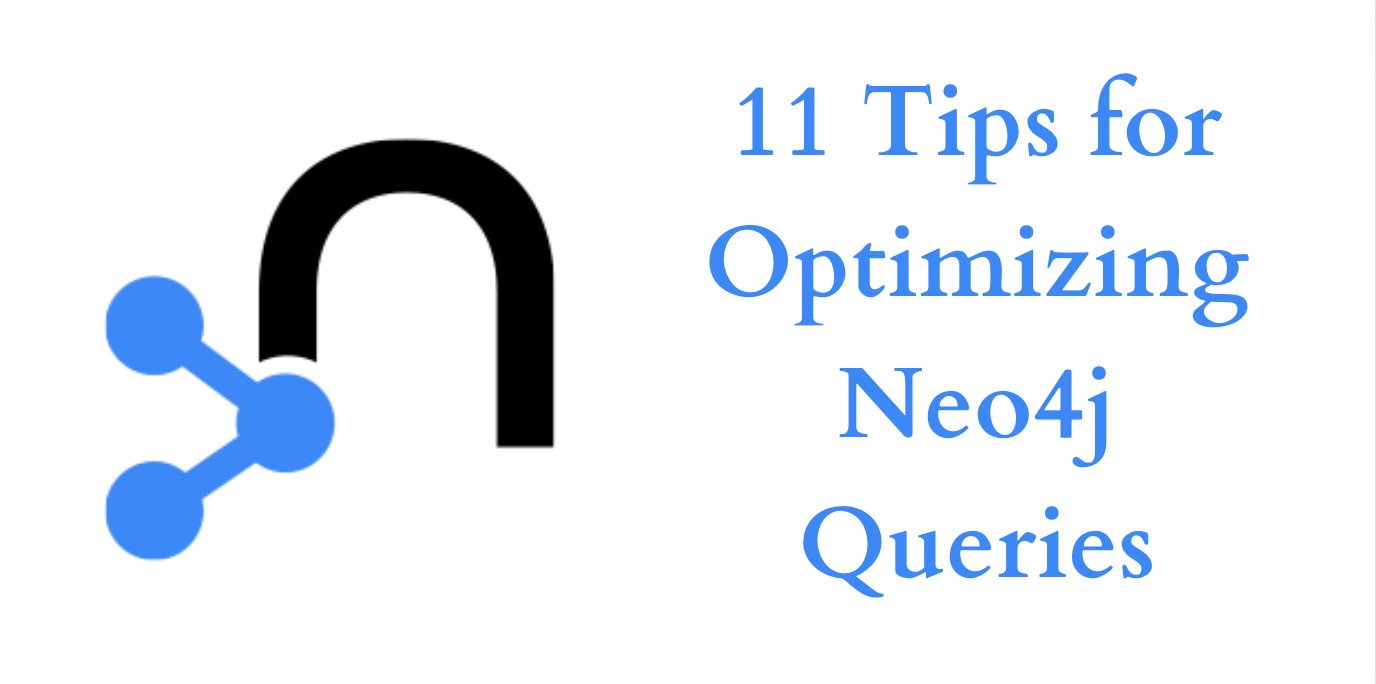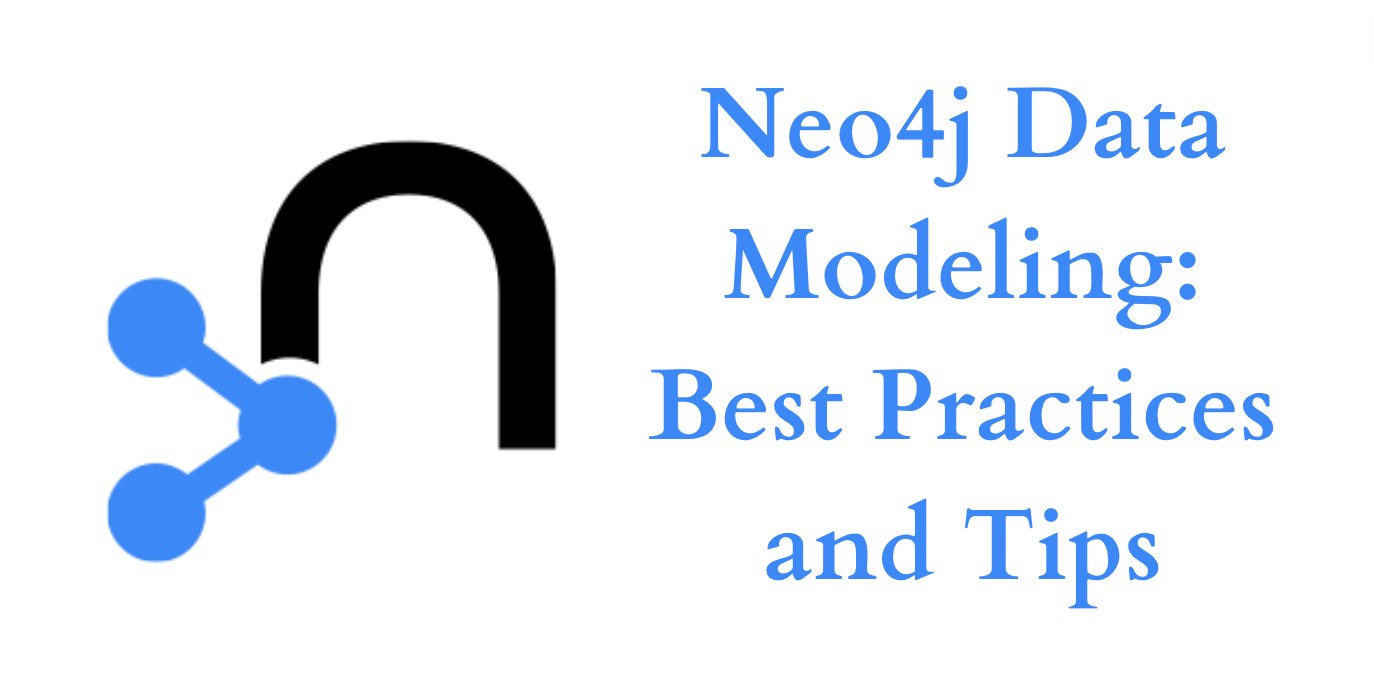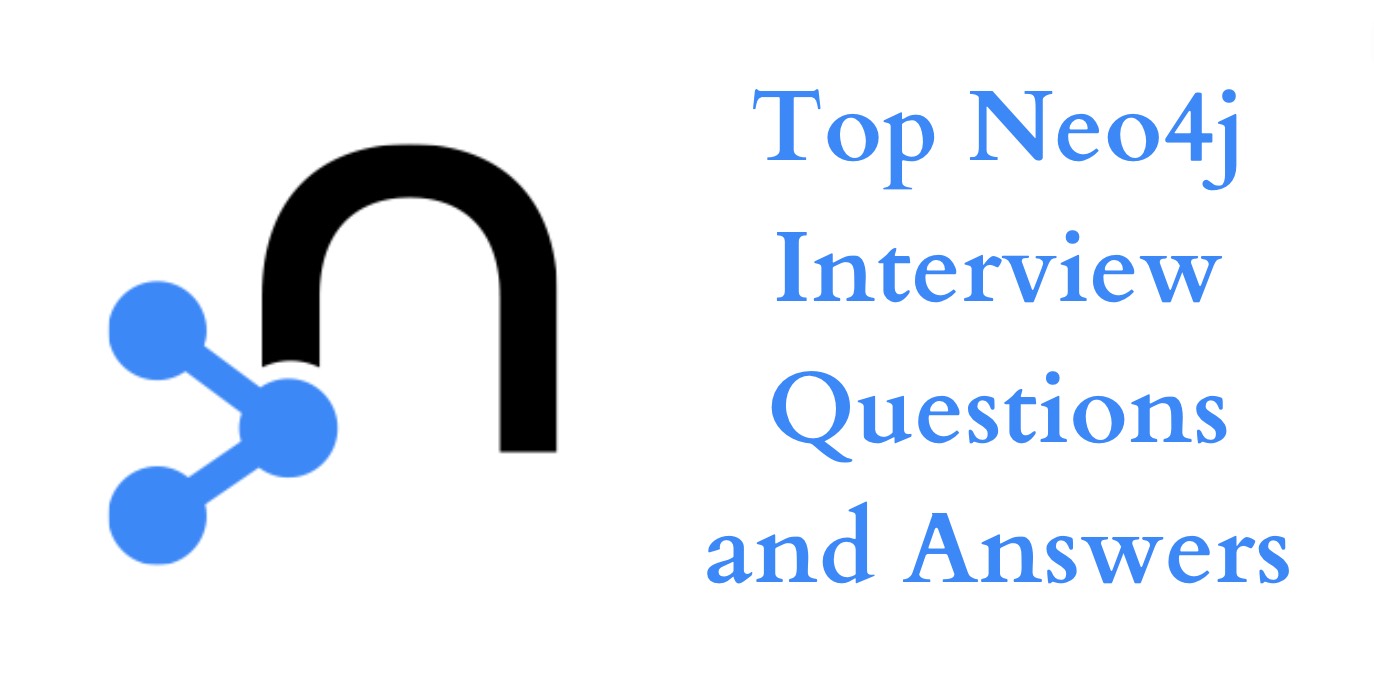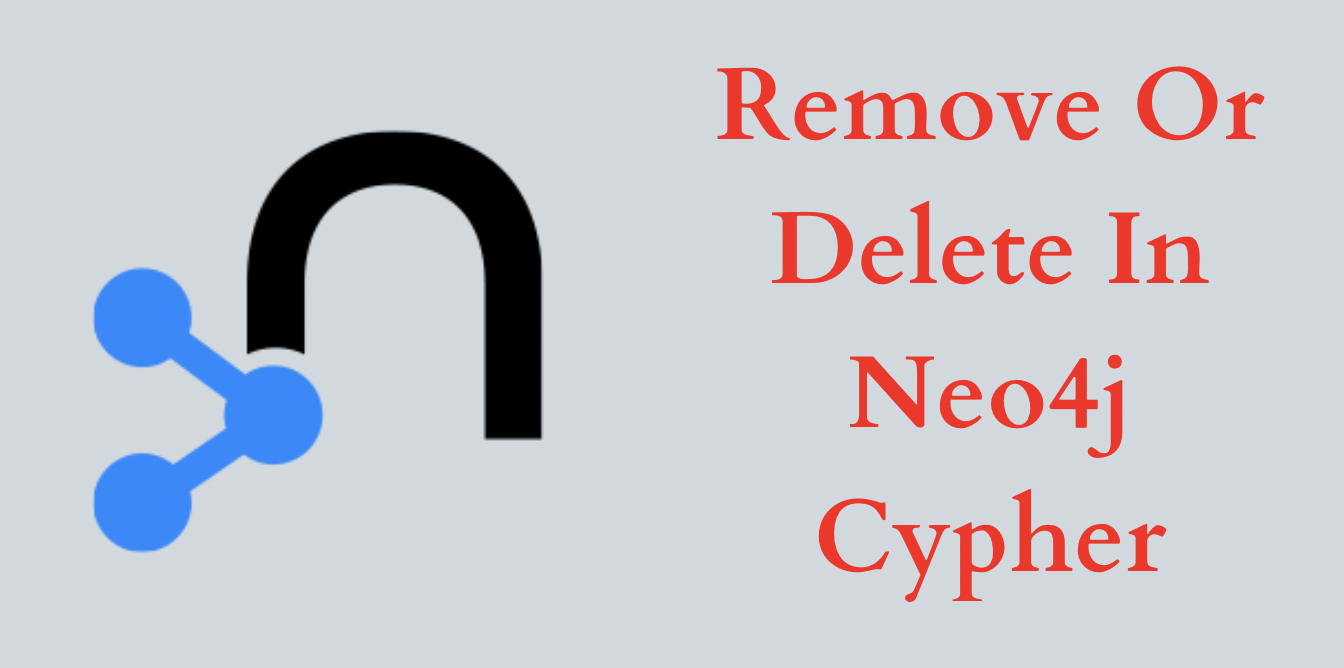What are the use cases of Graph Databases?
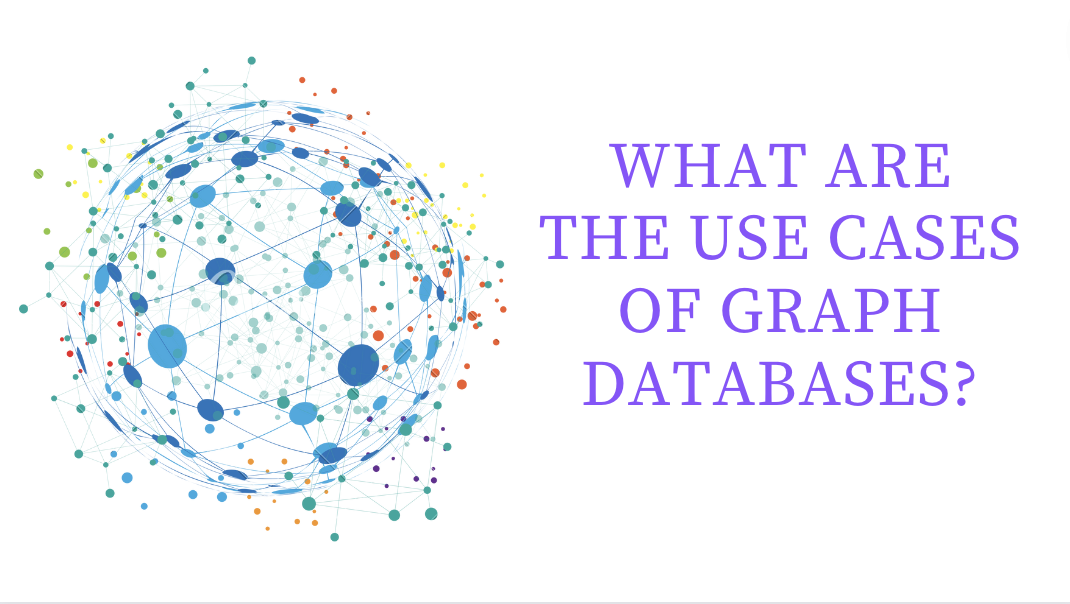
Graph databases are used in a variety of different applications, including social network analysis, recommendation engines, fraud detection, and network security.
Social Network Analysis
In social network analysis, graph databases are used to store and analyze the connections between people, organizations, or other entities. This allows researchers and companies to gain insights into how people are connected, and to identify communities and patterns of behavior within a network.
Neo4j is a graph database that is well-suited for social network analysis (SNA). SNA is the study of the relationships and connections between individuals or organizations within a social network. A social network can be represented as a graph, with nodes representing the individuals or organizations and edges representing the relationships between them.
Recommendation Engines
Recommendation engines use graph databases to store and analyze the connections between different items, such as books, products, articles, movies, or music. By analyzing these connections, recommendation engines can provide personalized recommendations to users based on their interests and past behavior.
Neo4j is a graph database that can be used to build recommendation engines. In a graph database, the data is stored as nodes (representing entities) and relationships (representing connections between entities). This structure is well-suited for recommendation engines because it allows you to easily represent the relationships between users, items, and other entities that may be relevant for generating recommendations.
Fraud Detection Systems
Fraud detection systems often use graph databases to store and analyze the connections between different entities, such as accounts, transactions, and people. By analyzing these connections, fraud detection systems can identify patterns of behavior that are indicative of fraud, and alert investigators to potential cases of fraud.
Graph databases, such as Neo4j, can be used to build fraud detection systems by representing entities and relationships as nodes and edges in a graph. This allows you to easily analyze the connections and patterns within the data to identify fraudulent activity.
Network Security
In network security, graph databases are used to store and analyze the connections between different devices and systems within a network. By analyzing these connections, network security systems can identify potential vulnerabilities and threats, and take action to protect the network from attacks.
Graph databases, such as Neo4j, can be used for network security by representing the entities and relationships within a network as nodes and edges in a graph. This allows you to analyze the connections and patterns within the data to identify potential security threats.
Supply Chain Management
Graph databases can be used to model and analyze the relationships between suppliers, manufacturers, and customers in a supply chain.
Knowledge Graphs
Graph databases can be used to store and query structured data about people, places, and things and their relationships.
Customer Segmentation
Graph databases can be used to cluster customers based on their behavior, preferences, and relationships to other customers.
Master Data Management
Graph databases can be used to manage and integrate data from multiple sources and maintain the relationships between different entities.
Location-based Services
Graph databases can be used to store and query data about locations and the relationships between them, such as the distance between two cities or the availability of services at a particular location.
Genealogy
Graph databases can be used to store and query data about family trees and the relationships between family members.
Text analytics
Graph databases can be used to store and query data about the relationships between words and concepts in a document or collection of documents.
E-commerce
Graph databases can be used to store and query data about products, customers, and orders, and the relationships between them.
Asset management
Graph databases can be used to store and query data about assets, such as equipment or real estate, and the relationships between them.
Project management
Graph databases can be used to store and query data about project tasks, dependencies, and resources, and the relationships between them.
Healthcare
Graph databases can be used to store and query data about patients, providers, and treatments, and the relationships between them.
Finance
Graph databases can be used to store and query data about financial transactions, accounts, and regulations, and the relationships between them.
Conclusion
Overall, graph databases are a powerful tool for analyzing and understanding complex networks of interconnected data. They are used in a variety of different applications and can help organizations and researchers gain insights and make better decisions.
